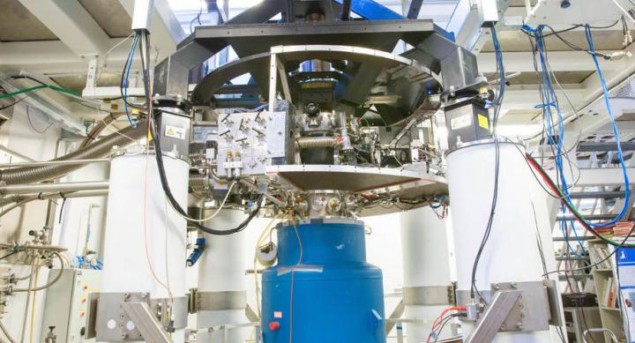
Time crystals were first proposed back in 2012 by the Nobel Laureate Frank Wilczek, and since then we have been scratching our heads at Physics World as we try to understand the concept. If you are as perplexed as we are, the article “In search of time crystals” by Philip Ball is a good place to learn the basics.
Since Wilczek’s proposal, physicists have tried to create time crystals in the lab. Now researchers in the UK and Finland claim to have created two time crystals that interact with each other. And where does this interaction occur? In a rotating refrigerator, of course.
“Controlled interactions are the number one item on the wish list of anyone looking to harness a time crystal for practical applications, such as quantum information processing,” explains Samuli Autti at Lancaster University. The team’s research is outlined in a paper in Nature Materials.

The mini heatwave here in Bristol has broken as storm Ellen bears down on us – but I’m sure it’s hot elsewhere and many readers are sitting next to a fan or air conditioner. But would you use a “Cold Tube” to keep cool? This is the brainchild of researchers in Canada, the US and Singapore. Adam Rysanek of the University of British Columbia explains how it works: “The Cold Tube works by absorbing the heat directly emitted by radiation from a person without having to cool the air passing over their skin. This achieves a significant amount of energy savings”. You can read more about how it works in this open-access paper in the Proceedings of the National Academy of Sciences.
Physics World’s favourite singing physicist Sabine Hossenfelder is back with another tongue-in-cheek video. This time she is lampooning physicists with theories of everything and it’s a catchy little ditty. You can watch it above. On a more serious note Hossenfelder is also speaking at the HowTheLightGetsIn Global 2020 festival of ideas on 19-20 September.
